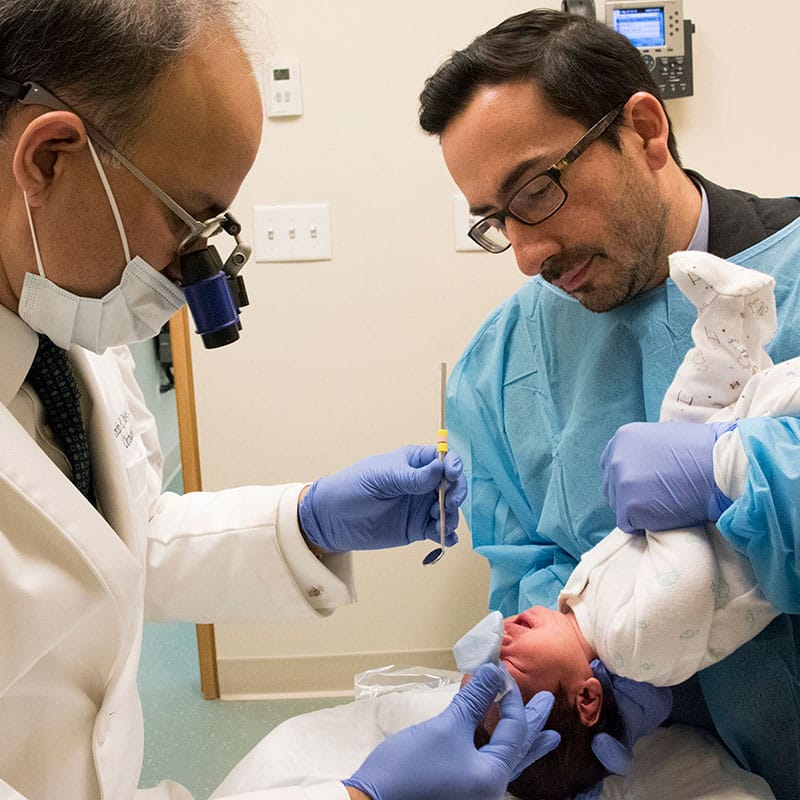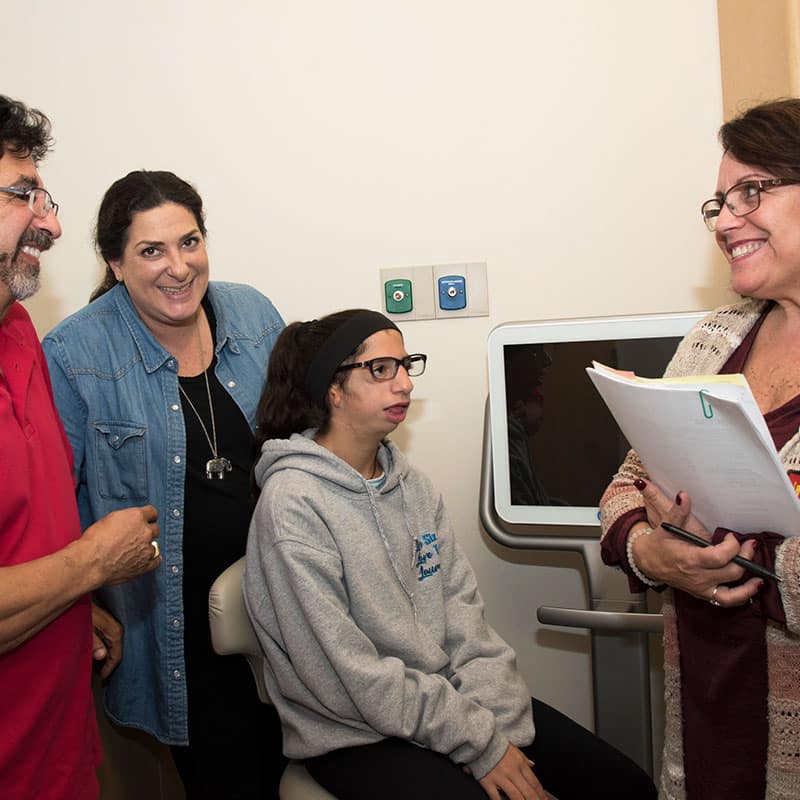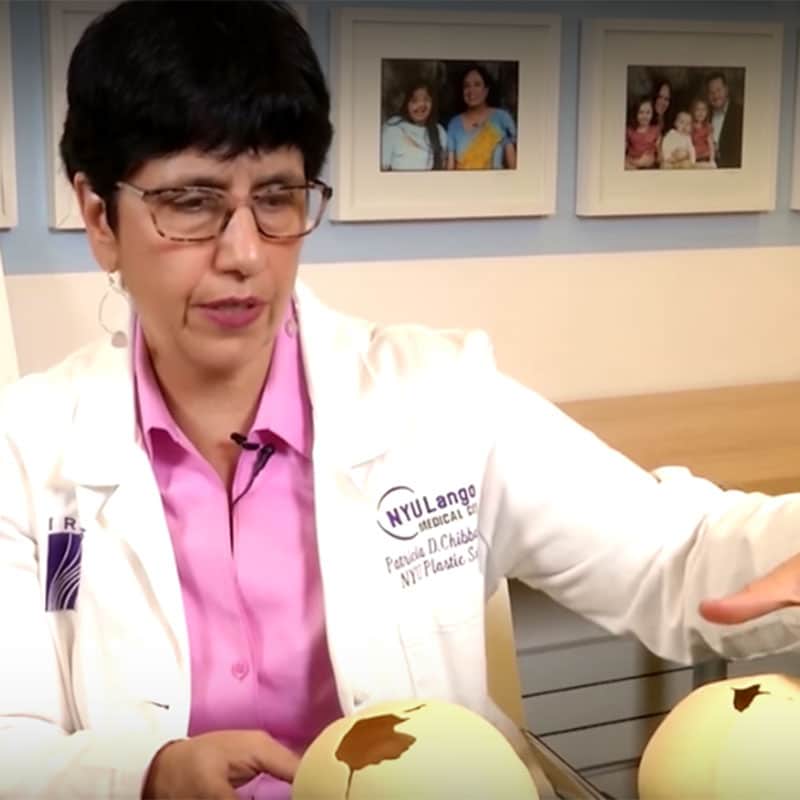The Process of a Le Fort I Procedure
Pre-Surgery
Before surgery, you will likely undergo orthodontic therapy in the form of braces. This therapy can take several months to perform and it is an important part of your treatment plan. The orthodontist will straighten and position your teeth in preparation for surgery. Positioning your teeth in preparation for surgery can take some time however it is a required step that helps make your surgery successful.
Procedure
Once you are asleep, the anesthesiologist will put a small tube inside your nose which will provide oxygen during the surgery. An opening is made inside of the mouth close to where the upper lip meets the gums. The opening is about 5 inches long and the resulting scar will be completely hidden inside the mouth. Through this opening, the upper jaw will be accessed, separated and repositioned by bringing it forward. The upper jaw is then securely fixed to its new position using a combination of plates and screws. The opening inside the mouth is then closed using stitches that will slowly dissolve.
Post-Op & Recovery
The Le Fort I surgery can produce a lot of swelling. If the Le Fort I surgery is combined with a surgery to the lower jaw, such as a bilateral sagittal split (BSSO), you will have even more swelling. The swelling should peak after 2-3 days and can be dramatic. Speaking will also require some adjustment due to the facial swelling. Most of the swelling will resolve after about 2 weeks. Most of the discomfort you will experience after the surgery will be from the swelling of the face rather than the pain from the surgery itself. You will receive medicine to help with discomfort. Cool compresses to the face and sleeping with the face raised above the heart will also help decrease the swelling. Lip moisturizer is recommended to prevent drying of the lips.
It is very important to listen to the surgeon’s and orthodontist’s directions regarding the types of foods you can eat following the surgery and when it is safe to eat them. Eating appropriate foods will help with the healing, but eating hard foods too early can damage the surgery. As the swelling subsides, you will be able to move the jaw to a greater degree. Your orthodontic care will continue after surgery. This can take the form of rubber band therapy to help guide the lower jaw into the upper jaw. Braces may also continue for several months after the surgery. Speak to your orthodontist to find out your treatment plan.








